Dear Reader,
: A Comprehensive Analysis from Neuroscience, Psychology, and Cultural Perspectives
It is with great earnestness and scholarly reverence that I present to you an extensive exploration of the multifaceted nature of words. In the following discourse, we shall deliberate on the inherent potency of words, their capacity to heal and harm, their dynamic evolution over time, and their profound impact on the human brain and psyche. Through a detailed examination encompassing historical, cultural, neuroscientific, and psychological dimensions, this essay endeavors to elucidate how words function as both tools and weapons, how they acquire magical qualities in various contexts, and how they ultimately shape—and are shaped by—the human experience.
I. Introduction: The Power and Paradox of Words
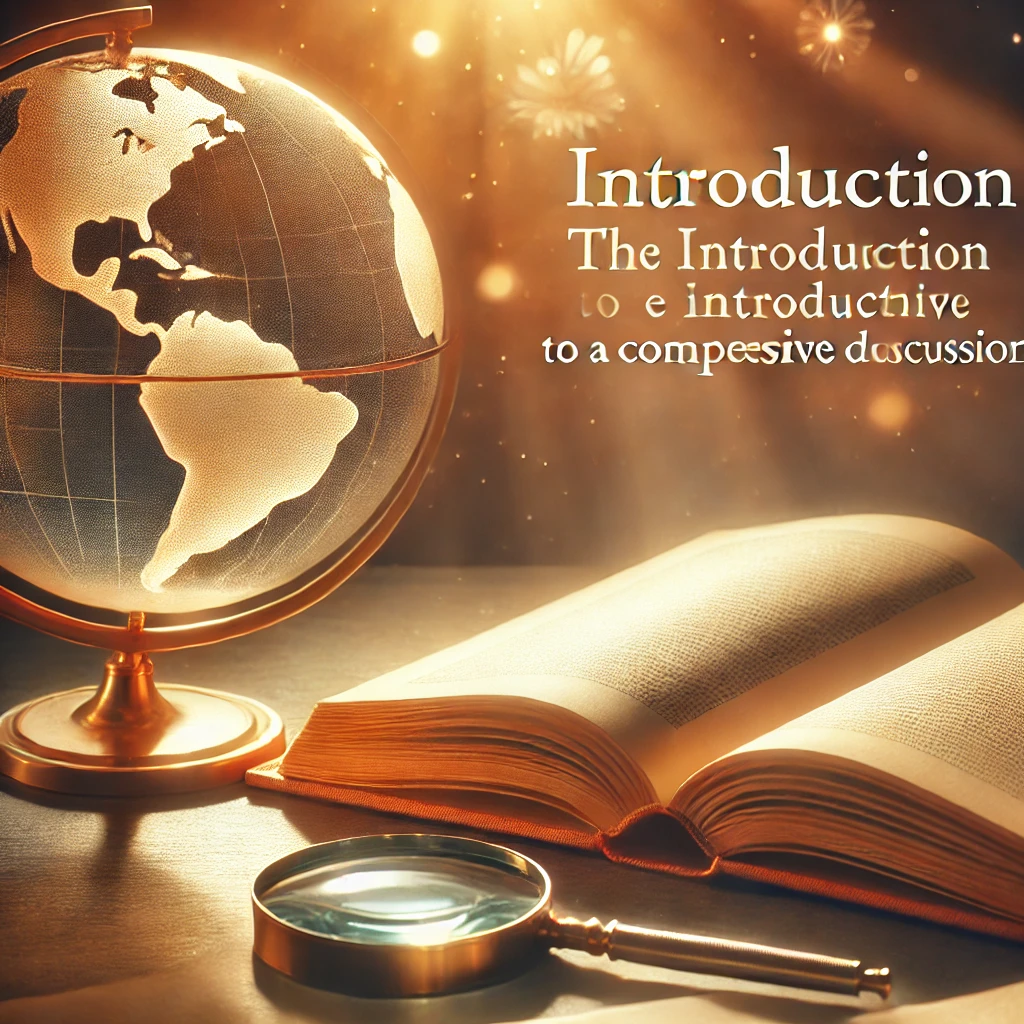
Words have long been regarded as the fundamental units of human communication and thought. Their power transcends the boundaries of mere semantic representation to influence emotions, behavior, and even societal structures. Throughout history, words have been wielded as instruments of change, conduits of healing, and, at times, instruments of oppression. In this treatise, we shall explore the duality inherent in language: the potential for words to serve as both agents of constructive transformation and as weapons capable of inflicting deep wounds.
At the outset, it is imperative to recognize that words are not static entities; they are living constructs that evolve and adapt to cultural, social, and cognitive shifts. From their inception in early human societies to their present-day incarnations in digital and globalized forms, words carry the legacy of human evolution—both biological and cultural. Our investigation will consider words not only as symbols in a linguistic system but also as dynamic forces that interact with the neural substrates of the brain and the intricate realms of human psychology.
II. The Nature and Properties of Words

A. Words as Vessels of Meaning
Words encapsulate ideas, emotions, and cultural values. Their meanings are fluid, contingent upon context, and subject to reinterpretation over time. For instance, consider the word “awful.” In earlier centuries, it denoted something awe-inspiring or worthy of reverence, whereas today it commonly implies something extremely bad or unpleasant. This semantic shift underscores the mutable nature of language and the crucial role that societal values play in reassigning meaning.
Moreover, words can be categorized by their properties: some are descriptive, others prescriptive; some evoke emotions, while others convey neutral information. Their dual capacity to construct reality and to reflect lived experience makes them indispensable to both individual cognition and collective memory.
B. Words as Tools and Weapons
The metaphor of words as tools highlights their capacity to facilitate communication, problem-solving, and creative expression. In academic and technical discourse, words construct frameworks that enable rigorous thought and innovation. Conversely, when employed as weapons, words can be manipulated to incite discord, propagate falsehoods, and marginalize communities. The dichotomy of words—as instruments of both enlightenment and harm—is vividly illustrated in political rhetoric and media narratives, where language is strategically employed to shape public opinion.
C. Words as Healing Agents
Words also possess the potential to heal. Therapeutic practices, such as narrative therapy and expressive writing, have been shown to promote psychological well-being and recovery from trauma. The act of articulating one’s experiences in words can facilitate cognitive processing, emotional regulation, and the reintegration of fragmented self-narratives. In this regard, words serve as both mirrors and salves, reflecting internal states while simultaneously fostering healing and resilience.
III. Neuroscience and the Cognitive Architecture of Words

A. Neural Mechanisms Underlying Languag
Advances in neuroscience have illuminated the intricate network of brain regions responsible for language processing. Central to this network are Broca’s area and Wernicke’s area—regions implicated in language production and comprehension, respectively. When we speak, read, or even merely listen, a complex cascade of neural activity is triggered, engaging not only traditional language centers but also regions involved in emotion, memory, and sensory integration.
For instance, studies employing functional magnetic resonance imaging (fMRI) have revealed that the comprehension of emotionally charged words activates the amygdala—a region associated with emotional processing—alongside classical language areas. This interconnection suggests that words are not processed in isolation but rather in tandem with the brain’s broader affective circuitry.
B. The Impact of Neuroplasticity on Language
Neuroplasticity—the brain’s remarkable ability to reorganize itself in response to new experiences—is a key factor in how individuals acquire, modify, and sometimes lose linguistic abilities. For example, individuals who learn a second language later in life often show distinct neural activation patterns compared to native speakers, reflecting the brain’s adaptive response to new linguistic systems. Similarly, the healing potential of words can be linked to neuroplastic changes; therapeutic interventions that employ language can lead to the reconfiguration of neural circuits, thereby facilitating recovery from psychological trauma.
C. Embodied Cognition and the Sensory Dimensions of Words
Recent research in embodied cognition posits that our understanding of words is intimately tied to sensory and motor experiences. When we hear the word “kick,” for example, our brain activates areas associated with the physical act of kicking—even if we are not engaged in the action at that moment. This phenomenon exemplifies how words are grounded in bodily experiences and highlights the interdependence of linguistic and sensorimotor systems.
IV. Psychological Dimensions: The Impact of Words on the Human Psyche
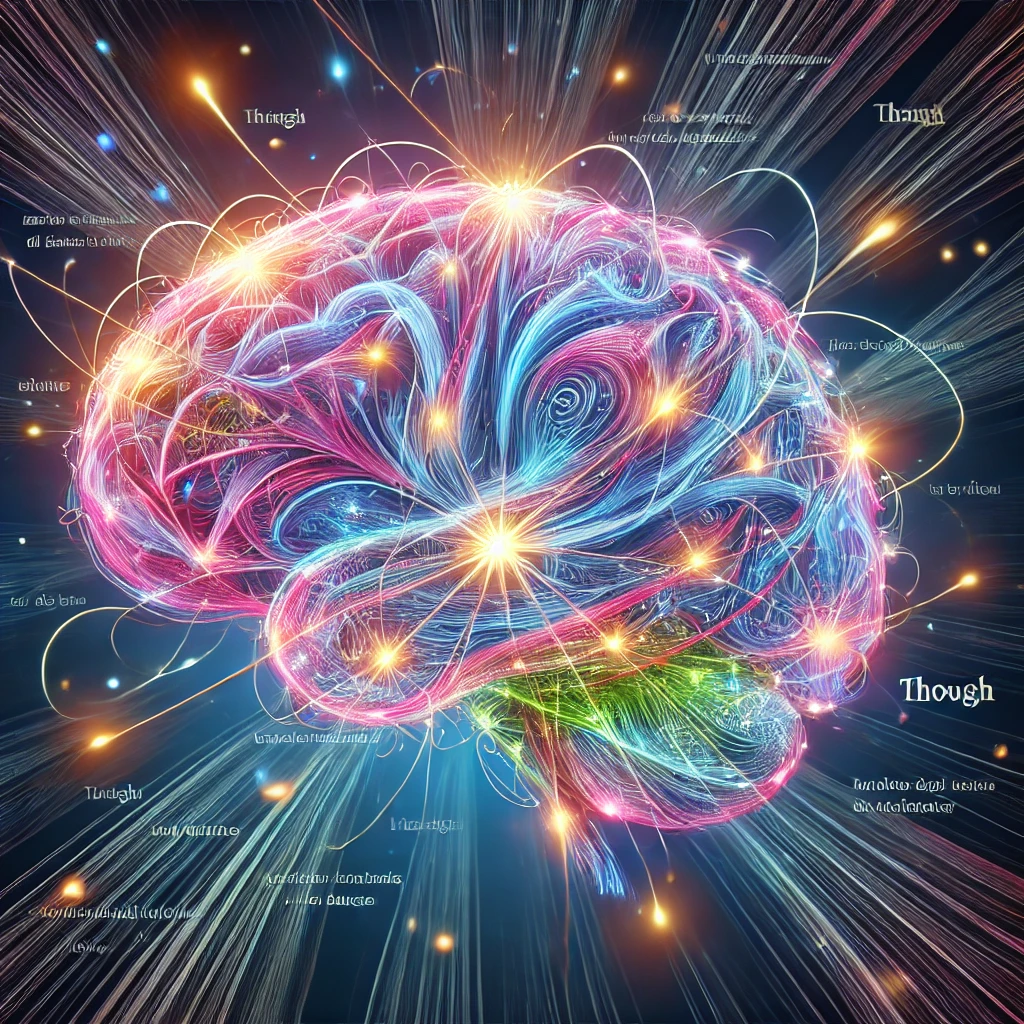
A. Words and Emotional Resonance
From a psychological standpoint, words serve as powerful catalysts for emotional responses. The phenomenon of “priming” demonstrates that exposure to certain words can unconsciously influence subsequent behavior and decision-making. For instance, reading words associated with kindness and compassion may predispose individuals to act in prosocial ways. Conversely, negative or derogatory language can exacerbate feelings of anxiety, shame, or aggression.
Furthermore, words can shape self-identity and self-esteem. The labels we internalize—whether imposed by external sources or self-generated—can significantly influence our self-concept. Positive affirmations can foster resilience and self-confidence, while harsh criticisms may contribute to self-doubt and diminished self-worth.
B. The Therapeutic Use of Language
Psychological interventions often harness the transformative power of words. In cognitive-behavioral therapy (CBT), for example, patients are encouraged to challenge negative thought patterns by rearticulating their internal dialogue in more constructive terms. This deliberate re-framing of language is not merely a semantic exercise but a fundamental mechanism for altering cognitive and emotional processes.
Narrative therapy further exemplifies the healing potential of words. By reconstructing their personal narratives, individuals can reinterpret traumatic experiences and reclaim a sense of agency. In this process, the very act of speaking or writing becomes a form of empowerment, allowing one to reshape the narrative of one’s life and, by extension, one’s future.
C. Social and Interpersonal Dimensions
Words also play a pivotal role in the formation and maintenance of social bonds. They facilitate the expression of empathy, the negotiation of conflicts, and the establishment of shared meanings within communities. In social psychology, the concept of “linguistic relativity” posits that the structure of language can influence cognitive patterns and cultural practices. The words available to a community shape its collective worldview, guiding how its members perceive and interact with one another.
V. The Cultural Evolution of Words

A. Historical Trajectories and Semantic Shifts
The evolution of words over time is a testament to the dynamic interplay between language and culture. Words are born, they evolve, and some eventually fade into obsolescence. Consider the evolution of the word “nice.” In the 14th century, “nice” was synonymous with “foolish” or “simple,” whereas contemporary usage connotes pleasantness or agreeability. Such semantic shifts are not arbitrary but reflect broader cultural changes and the evolving priorities of societies.
Linguists have long studied these phenomena, documenting how words accrue new meanings through processes such as metaphor, metonymy, and euphemism. These processes underscore the fluidity of language and the influence of socio-cultural factors on linguistic expression.
B. Globalization and the Digital Age
In the modern era, globalization and the proliferation of digital communication have accelerated the pace of linguistic evolution. Social media platforms, online forums, and instant messaging have given rise to new forms of linguistic expression—emoticons, memes, and internet slang—that transcend traditional grammatical and syntactical boundaries. The rapid dissemination of these linguistic innovations across diverse cultures has led to an unprecedented level of linguistic intermingling, creating hybrid forms of expression that are as transient as they are influential.
The digital age has also democratized language production, allowing individuals to participate in the co-creation of linguistic norms. This shift challenges traditional hierarchies of language authority and opens new avenues for cultural exchange and linguistic creativity.
C. Cultural Artifacts and the Ritualistic Use of Words
Throughout history, words have played a central role in rituals, ceremonies, and the codification of cultural values. In many indigenous cultures, for example, oral traditions and storytelling are not merely forms of entertainment but are integral to the transmission of cultural knowledge and spiritual beliefs. The spoken word, imbued with symbolic and mystical significance, is often seen as a bridge between the human and the divine.
Religious texts, incantations, and chants exemplify the ritualistic use of words as tools for invoking transformation, protection, or healing. These practices underscore the belief in the “majic” of words—that language, when spoken with intent and ritual precision, can alter reality in profound ways.
VI. Words as Instruments: Tools, Weapons, and Magical Agents

A. Constructive Tools for Communication and Creation
Words serve as essential tools in the construction of knowledge, art, and scientific inquiry. They enable us to articulate abstract concepts, develop theories, and share discoveries across time and space. The lexicon of science, for example, provides a precise vocabulary that allows researchers to communicate complex ideas unambiguously, fostering collaboration and innovation.
In literature, words are the building blocks of narrative and poetic expression. Writers harness the power of language to create vivid worlds, evoke deep emotions, and provoke thoughtful reflection. The artistry of a well-crafted sentence or a resonant metaphor can transform mundane reality into a tapestry of meaning and beauty.
B. Words as Weapons in the Service of Power
Yet, the very same words that enable creative expression can also be weaponized. Throughout history, the rhetoric of demagogues and tyrants has demonstrated how language can be manipulated to control populations, justify atrocities, and propagate ideologies of hate. In the political arena, speeches and slogans are carefully constructed to rally support or demonize opposition. The precision and persuasiveness of language in these contexts are not accidental but are the result of deliberate rhetorical strategies designed to evoke emotional responses and shape public opinion.
Examples abound in modern history where words have incited mass movements—both progressive and regressive. The charged language of political manifestos, the incendiary rhetoric in propaganda, and the polarizing discourses in media underscore the dual nature of words: they can be catalysts for liberation and instruments of repression.
C. The Enigmatic “Majic” of Words
There exists, in many cultural and mystical traditions, an almost sacrosanct belief in the “majic” of words. Whether it is the recitation of mantras in Eastern religions, the invocation of divine names in monotheistic traditions, or the use of spells in folklore, words are seen as possessing an intrinsic power to shape destiny. This belief is not merely superstitious; it reflects a deep-seated recognition of the symbolic potency of language. When words are imbued with ritualistic significance, they transcend their ordinary communicative function and become instruments for altering consciousness and reality.
VII. The Lifecycle of Words: Birth, Evolution, and Demise

A. Coinage and the Emergence of Neologisms
Words are born through processes that mirror the creative evolution of culture. Neologisms arise as communities seek to encapsulate novel experiences, technological advancements, or cultural phenomena. For instance, terms like “blogosphere,” “selfie,” and “cybersecurity” emerged in response to the digital revolution, encapsulating concepts that were previously inconceivable. The coinage of such terms is indicative of language’s inherent adaptability—a capacity to evolve in tandem with the changing landscape of human experience.
B. Semantic Drift and the Transformation of Meaning
Over time, words undergo semantic drift—a gradual transformation in meaning that reflects changes in societal norms and values. The evolution of the word “gay” is a poignant example. Originally denoting feelings of joy and exuberance, it later came to signify homosexual orientation, and today it occupies a complex place within discussions of identity, politics, and cultural acceptance. Such semantic transformations are not anomalies but are emblematic of the organic nature of language, which continuously adapts to the evolving needs and sensibilities of its speakers.
C. The Demise of Words and Linguistic Obsolescence
Just as words are born, they also die. Linguistic obsolescence is a natural outcome of cultural and communicative evolution. Words that once held widespread usage may fall into disuse, replaced by newer terms or rendered obsolete by shifts in technology and societal norms. The extinction of certain words, much like the extinction of species, can be seen as a loss of cultural heritage—a fading echo of a time when the language was shaped by different realities and sensibilities.
VIII. Contextual Dynamics and the Fluidity of Word Meanings
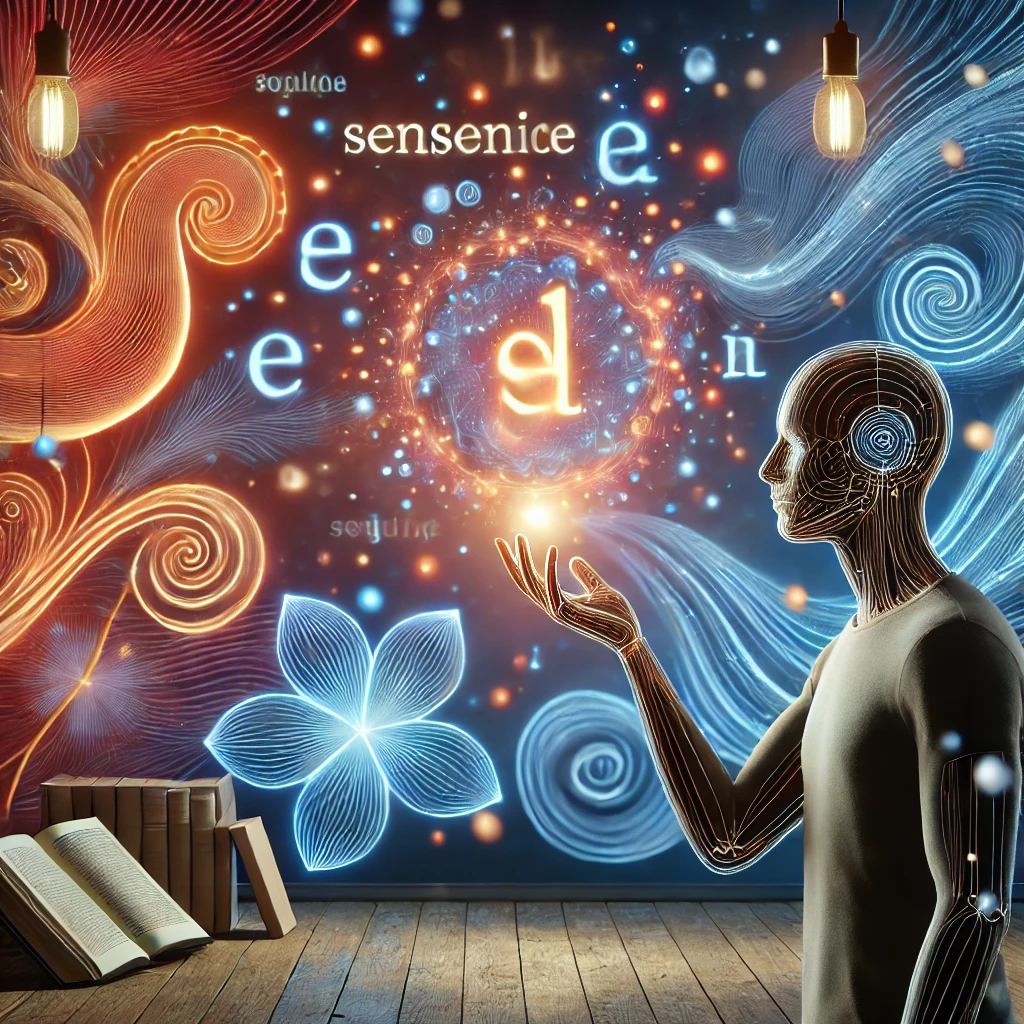
A. Contextual Determinants of Meaning
The meaning of any given word is heavily dependent on its context. Pragmatics—the study of how context influences meaning—reveals that words can carry multiple layers of significance depending on the circumstances in which they are used. For example, the word “charge” may denote a financial cost in one context, an accusation in another, and a military command in yet another. This polysemy is a testament to the inherent flexibility of language and the complex interplay between words and their situational frameworks.
B. Connotation, Denotation, and the Spectrum of Meaning
In linguistics, a critical distinction is made between denotation (the literal, dictionary definition of a word) and connotation (the associated emotional and cultural nuances). Words such as “home” and “house” illustrate this distinction: while both denote a dwelling place, “home” connotes warmth, belonging, and familial love, whereas “house” remains a more neutral, structural term. Such differences underscore the power of subtle linguistic choices in shaping perceptions and emotions.
C. Ambiguity and the Role of Interpretation
Ambiguity in language is not a flaw but rather a feature that allows for creative interpretation and deeper meaning. Poets, for instance, often exploit the ambiguous nature of words to evoke multiple layers of emotion and thought in their audiences. This interpretive richness is what gives literature its enduring power and highlights the importance of context in unlocking the full spectrum of meaning inherent in language.
IX. The Multimodal Impact of Words on Communication

A. Beyond the Written and Spoken Word
While our discussion has largely centered on the lexical and semantic dimensions of words, it is important to acknowledge that words often interact with other modes of communication. Non-verbal cues—such as tone, facial expressions, and body language—play a critical role in modulating the impact of words. The same phrase can convey vastly different meanings depending on whether it is uttered with warmth or with sarcasm, underscoring the intricate interplay between verbal and non-verbal communication.
B. The Role of Technology in Shaping Modern Linguistic Practices
In today’s digital era, words are disseminated through various channels—social media posts, blogs, instant messages, and more. Each medium imposes its own conventions and constraints, shaping how words are constructed and understood. The brevity required by platforms such as Twitter encourages a form of linguistic creativity that relies on abbreviations, hashtags, and emoticons, thereby influencing the evolution of language in real time. This convergence of technology and linguistics not only alters the way we communicate but also redefines the boundaries of language itself.
C. Multimodality and the Future of Communication
As we look ahead, the future of communication is likely to be increasingly multimodal. Augmented reality, virtual reality, and other emerging technologies promise to integrate words with visual, auditory, and even haptic modalities, creating richer and more immersive experiences. Such developments will undoubtedly have profound implications for how language is processed in the brain, how meanings are negotiated, and how cultural narratives are constructed and disseminated.
X. Wrap Up: Reflections on the Transformative Power of Words
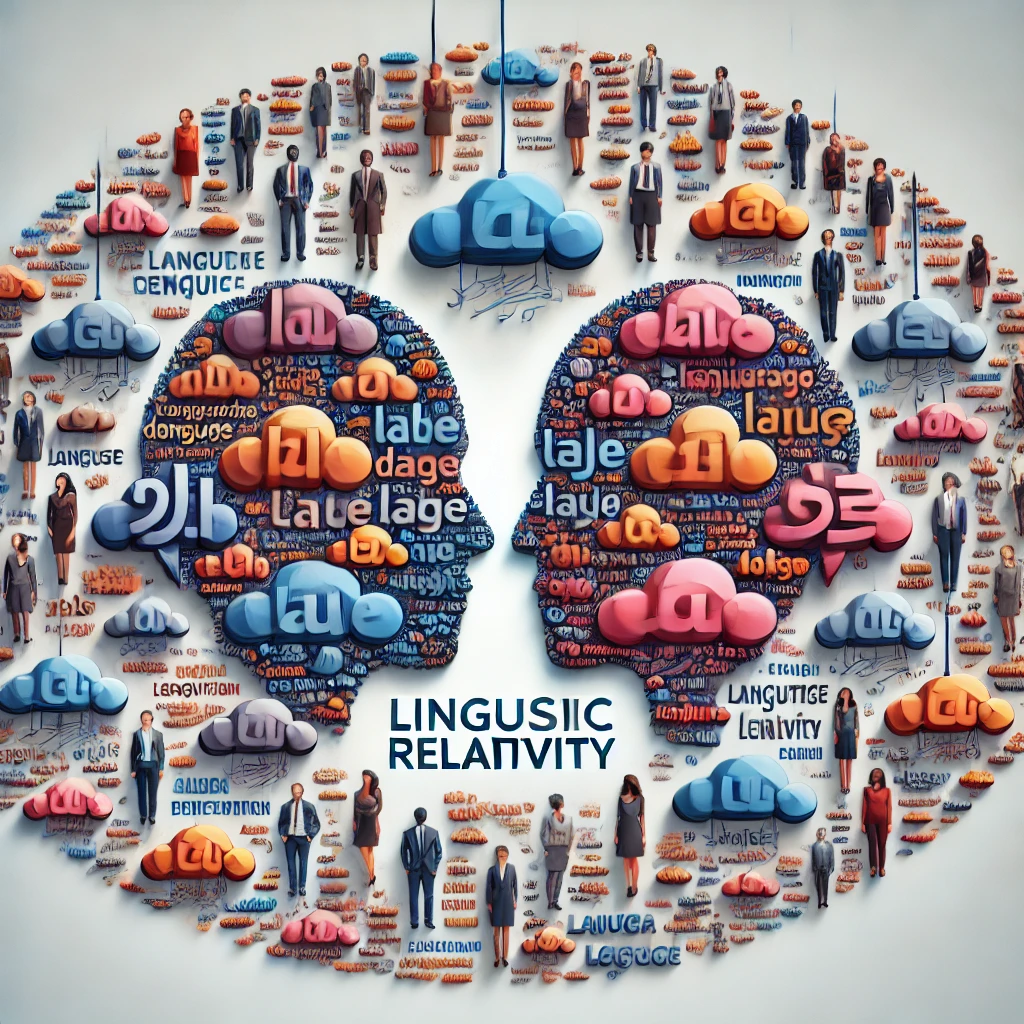
In summation, dear Reader, the exploration of words reveals a tapestry of complexity and profound significance. Words are not mere symbols or static representations of ideas; they are living, dynamic entities that shape and are shaped by our neural architecture, psychological processes, and cultural milieus. They serve as both the architects and the arbiters of human experience—capable of inspiring great hope and enacting formidable harm.
From the neuroscientific perspective, the processing of words engages intricate networks within the brain, intertwining cognitive, sensory, and emotional dimensions. The principles of neuroplasticity and embodied cognition underscore that our linguistic interactions have the power to remodel our neural pathways, thereby influencing both learning and healing. Psychologically, words influence our self-perception, emotions, and interpersonal relationships, serving as catalysts for both personal transformation and collective social change.
Culturally, the evolution of words mirrors the evolution of societies. The birth of neologisms, the semantic drift of established terms, and the eventual obsolescence of once-vital words all attest to language’s adaptive nature. As our world becomes increasingly interconnected through digital communication, the pace and nature of linguistic change accelerate, challenging traditional paradigms and opening new horizons for cultural expression.
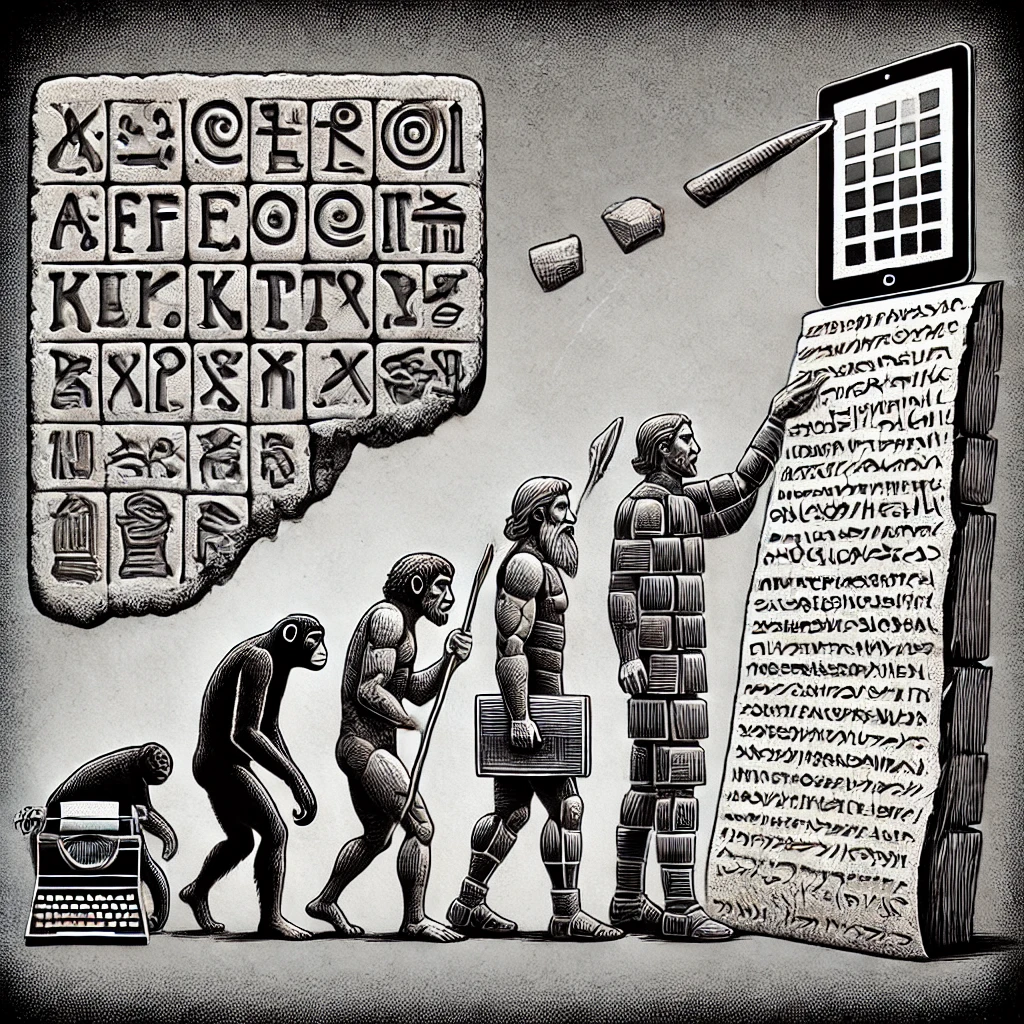
In my considered opinion, the responsibility that accompanies the use of words is immense. Recognizing their potential to both heal and harm compels us to exercise caution, empathy, and intentionality in our communication. Whether in personal relationships, academic discourse, or public policy, the deliberate and thoughtful use of language is essential for fostering understanding, promoting well-being, and engendering social progress.
As we navigate an era marked by rapid technological advancement and cultural flux, the transformative power of words remains a constant—a beacon guiding us through the complexities of human existence. It is incumbent upon us, as custodians of language, to harness this power judiciously, ensuring that our words serve to build bridges of understanding rather than walls of division.
Dear Reader, may you always recognize the majic inherent in every utterance, and may you wield words with the care and wisdom befitting their profound potential.
Final Reflections:
The journey through the myriad aspects of words—from their neural underpinnings to their cultural evolution—reveals an intricate interplay of science, art, and human experience. In an age where language shapes the fabric of reality, an enlightened and conscientious approach to communication is not merely desirable but essential for the advancement of a compassionate and just society.
Thus, it is my fervent hope that this comprehensive exploration inspires you to reflect deeply on the words you choose and to appreciate the transformative power they hold in shaping both individual lives and the collective destiny of humanity.
